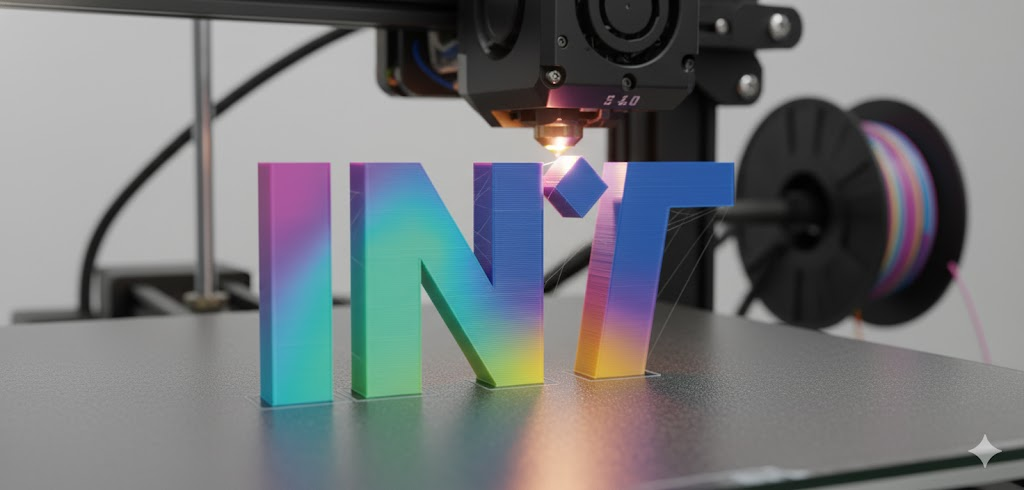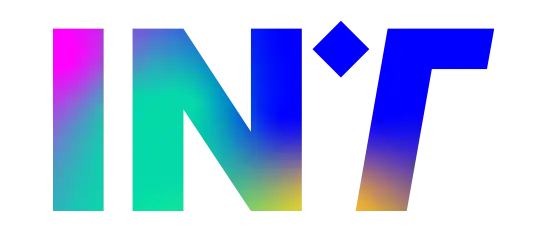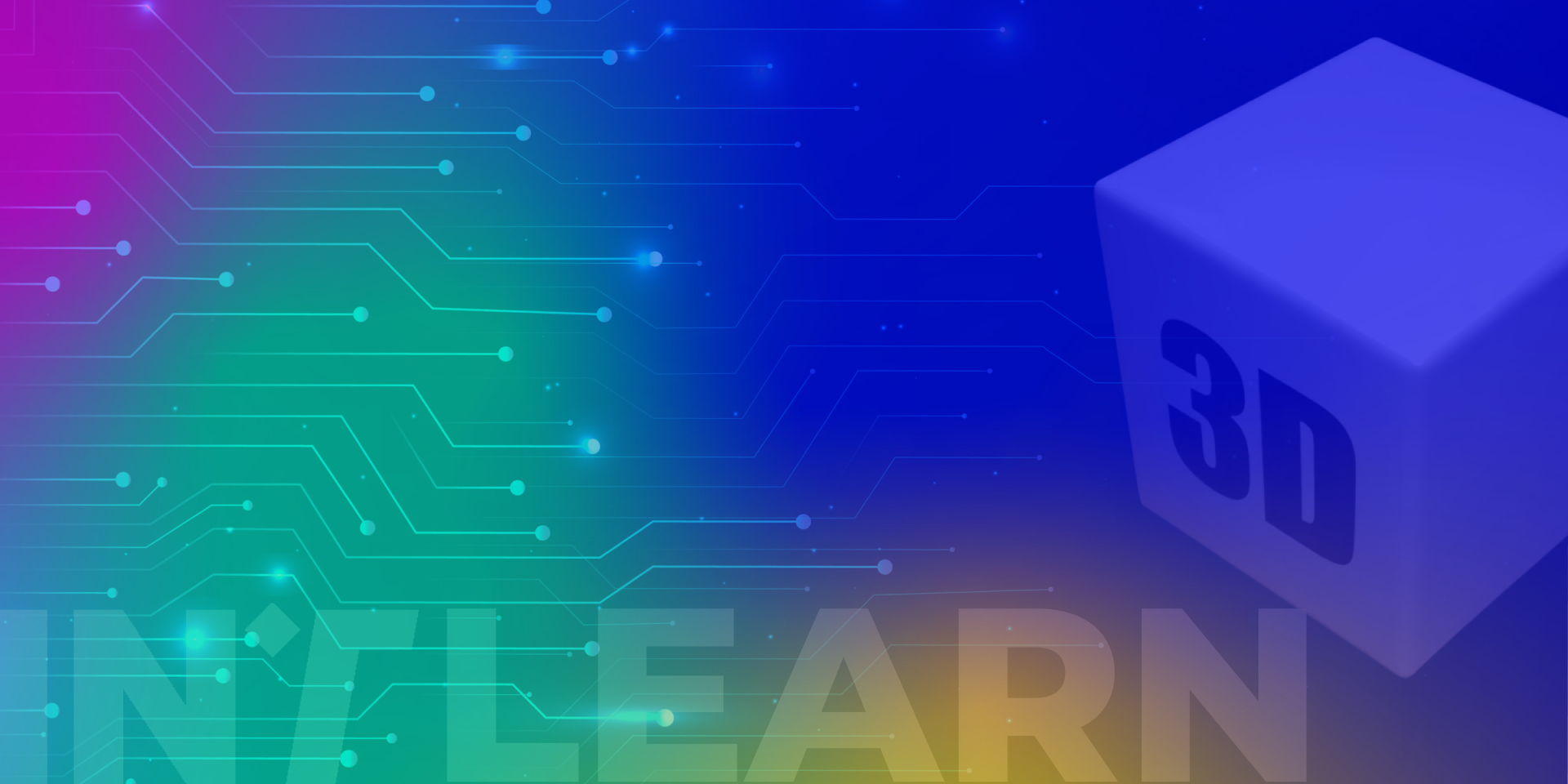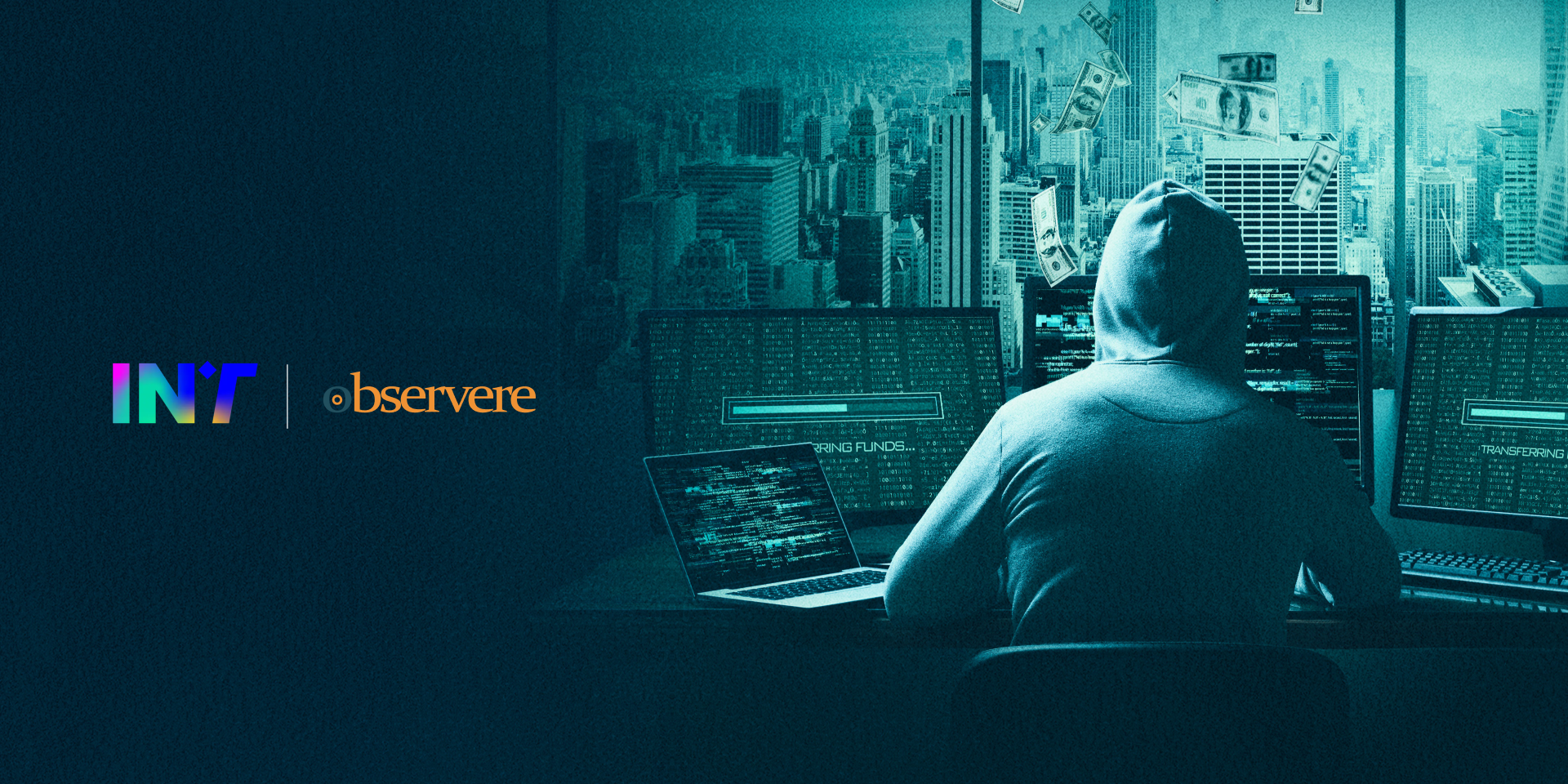Definition, interaction, and material production of three-dimensionality
Three-dimensionality (3D): the geometric property of an object or space defined by the three dimensions height, width, and depth.
In computational contexts, such as design, engineering, and animation, the term refers specifically to 3D modeling. This process consists of generating mathematical representations of surfaces and solids in three-dimensional Euclidean space, which serve as the basis for the subsequent material production of three-dimensionality.
3D MODELING
3D Modeling is the computational process aimed at creating a mathematical representation of a three-dimensional object, called a 3D Model, using dedicated software. This discipline, fundamental in the field of computer graphics (CG), defines the geometry, shape, and topology of an object within a virtual space.
The resulting models are used in a wide range of sectors, including engineering (CAD/CAM), architecture (BIM), entertainment (video games, cinematography), and industrial design.
They serve as a basis for photorealistic visualization (rendering), prototyping, physical simulation (e.g., FEM analysis), and production purposes.
This term specifically denotes digital creation and is clearly distinguished from traditional physical modeling or sculptural techniques.

3D INTERFACE
A 3D interface, or 3D User Interface, is a human-computer interaction (HCI) paradigm that employs three-dimensional space as the primary context for data visualization and manipulation.
The central element of such an interface is the viewport, which provides a 2D projection (typically perspective or orthographic) of the 3D scene.
Around the viewport, the interface integrates a set of 2D tools, including panels, toolbars, [and] contextual menus, which allow the user to modify the model’s parameters, navigate the scene, and manage the entire virtual environment.
This architecture is ubiquitous in modeling software, such as Blender or 3ds Max, and CAD, but it is also finding increasing application in fields like complex simulation, security, and interactive design.

3D PRINTING
The 3D Printing transforms digital models into real objects.
3D files, generally in STL, OBJ, or 3MF format, are first converted into G-code, the language the printer uses to build the object layer by layer.
The fundamental operating principle is the sequential deposition or solidification of material, layer-by-layer, until the desired geometry is completed.
When applied to industrial production contexts and not just prototyping, this technology is more properly defined as Additive Manufacturing (AM).
Additive Manufacturing is conceptually opposed to traditional subtractive production methods, which operate by removing material from a solid block.
Introduced in the early 1980s with the patenting of stereolithography, 3D Printing has undergone an exponential evolution.
Today, it has transformed into a flexible, accessible, and rapid production process, capable of producing complex final components






